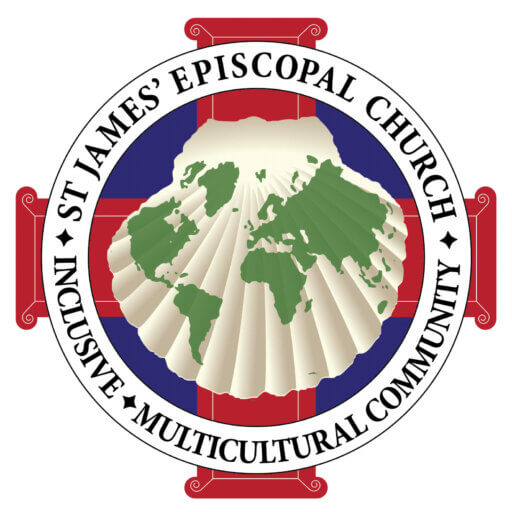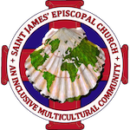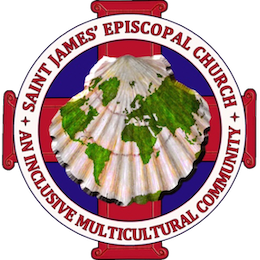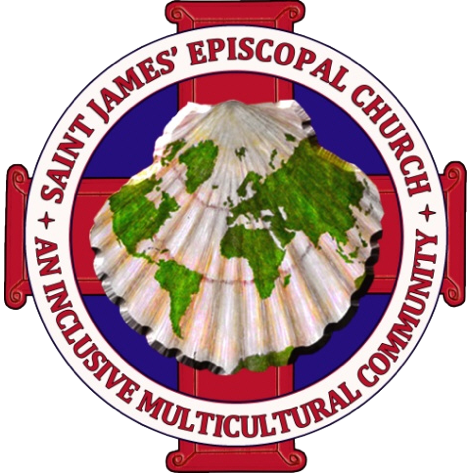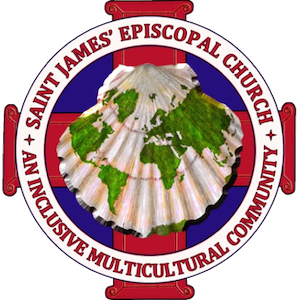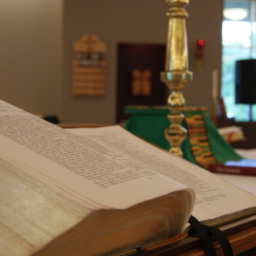Love is the Way: Intro, Chapters 1 & 2
Discussion Guide
Intro
In the intro, Bishop Curry explains what he is doing with his book, and he offers this Frederick Buechner quote from Now and Then: “Listen to your life. See it for the fathomless mystery it is. In the boredom and the pain of it, no less than in the excitement and the gladness: touch, taste, smell your way to the holy and hidden heart of it, because in the last analysis all moments are key moments, and life itself is grace.” This is a journey into the hidden heart of Bishop Curry’s life – “those people and experiences that led to my conviction that the way of love can change each of us, and all of us, for the better.”
An exercise for personal reflection: If you were to map out your own life, perhaps putting it on a timeline, or if that’s too linear for you, by putting names or significant experiences on paper with the more significant ones closer to the center, who are the people and what are the primary experiences that make you believe that the way of love can change us?
Here is a more developed example of this exercise: https://onbeing.org/wp-content/uploads/2019/05/on-being-river-of-life-exercise.pdf
How does Bishop Curry describe “America” and his forebears relationship to it? Reflecting on your own family history, how do you describe “America”? What are the stories that define challenge, character, possibility, and hope?
Bishop Curry notes that MLK places two choices before us: chaos or community. These are two words that can be understood in a variety of ways. How do the stories in the first two chapters shed light on this choice set before us, helping us to understand what he means by chaos and community?
Radical hospitality is one of our core virtues at St. James’. Bishop Curry writes that “love creates room and space for others, “the other”, to be. How are you practicing radical hospitality and love even in this fragmented and isolating time of pandemic?
In the section called Living Love’s Questions, Bishop Curry offers a list of 12 questions that will guide the chapters of his book (see p. 10). Which of these questions is pressing upon you today?
Chapter 1: What is this thing called love?
How do the first two chapters help you answer the question: What is this thing called love?
- What stories or moments in the story show you most clearly what love is?
- How does Bishop Curry define what love is?
- What scriptural references are helpful to him?
What difference does it make to put the love passage in 1 Cor 13 into the context of Paul’s ministry?
How are faith, hope, and love related? How do you nurture faith, hope, and love as practices in your own life?
Chapter 2: Looking for God
Bishop Curry writes, “If God is love, and love is an action, you’ve only got to get out there and do it. You’ve got to get out there and receive it. And the easiest way to do that is to become part of a community of people who want to give and receive love, to liberate themselves from the tyranny of self to look outward. … Community has been my conduit to the safe harbor of God’s love my whole life.”
What moved you about Bishop Curry’s stories of community?
How has community guided you deeper into the heart of God?
Many have had damaging experiences of community, so we might be cautious about thinking that all community is good and delivers us from chaos. What are the practices that formed the examples of community that Bishop Curry offers in love? What are the rituals that make room for resting in God’s hands?
What did you make of the story of Dwayne and his friends?
How does it matter what we hope for?
How do we build up communities that make room for resting in God’s hands?
